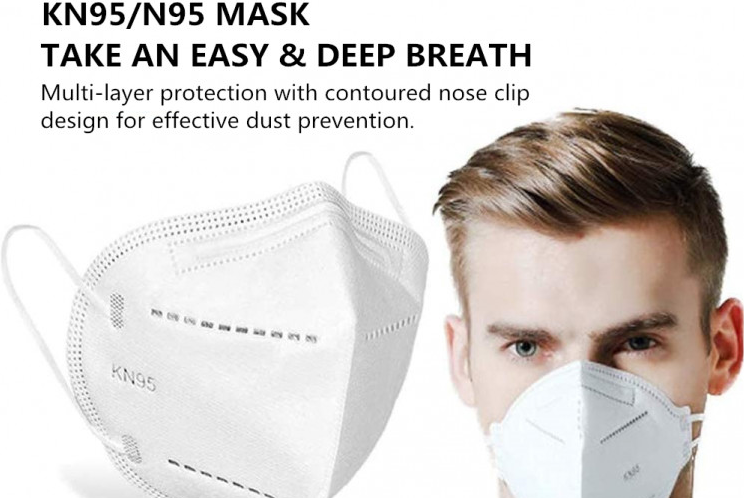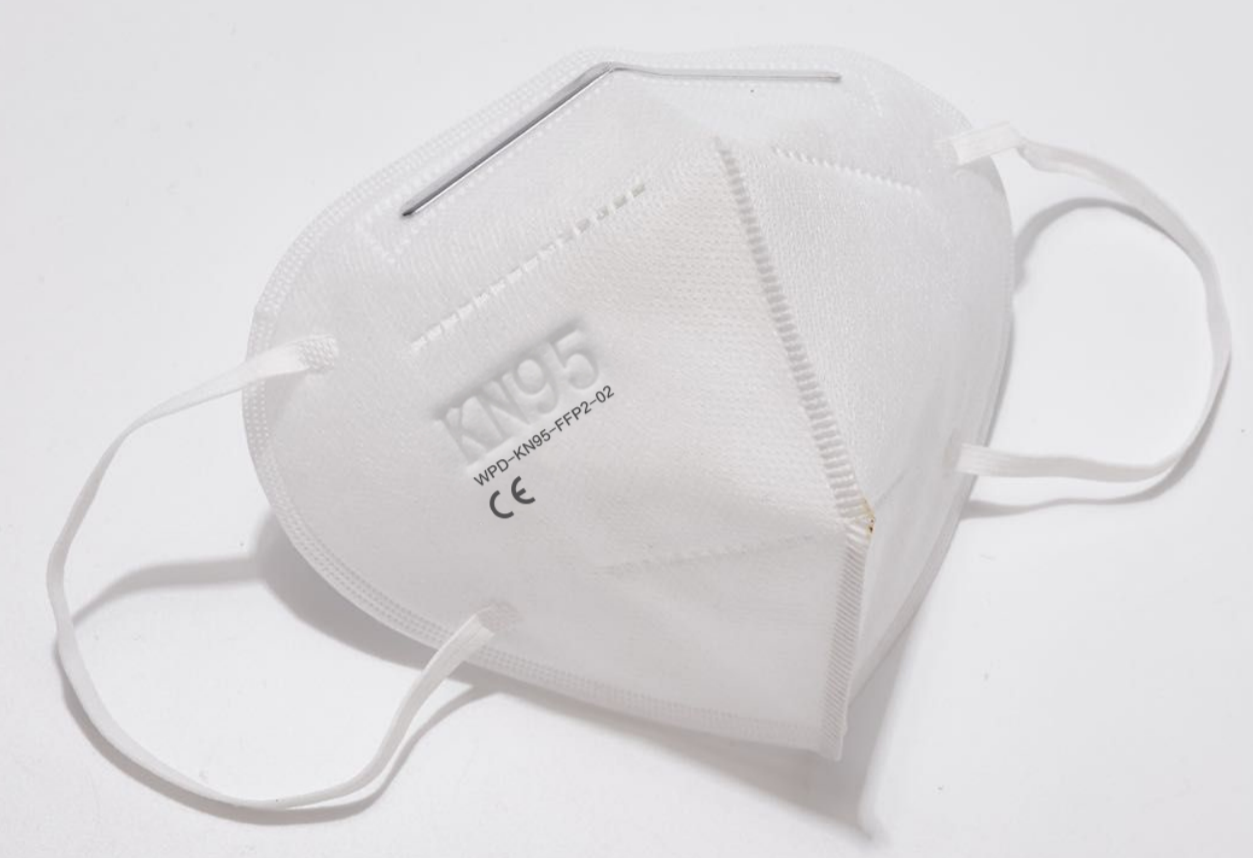Mask: What is KN95 and N95?

In summary, they are basically all the same. They stop 95% of particles >0.3 microns in size. The N95 is the USA Code, KN95 is China code, KF94 is Korea code and FFP2 is the EU code, this includes the UK.
KN95, KF95 and FFP2 face masks are N95 face mask alternatives & N95 equivalents. They are all the same.
N95 respirators and surgical masks (face masks) are examples of personal protective equipment that are used to protect the wearer from airborne particles and from liquid contaminating the face.

What is N95 Mask/Respirator?
- How does ZeroVirus protect us from virus?
- N95/KN95 Protective Mask with Elastic Ear Loop
- Surgical Mask with Elastic Ear Loop 3 Ply Breathable and Comfortable
- Disposal Protective Clothing for Medical Use
- ZeroVirus Space Portable Sterilization Bar
The term “N95 respirator” gets thrown around a lot because it is one of the most common types of respirators. In this post we’re going to take a look at what that term (and similar terms like R99 and P100) mean. Understanding these labels is important for both employers and employees because both need to know the respirators being used are sufficient for the hazards present.
For a respiratory protection program to be OSHA compliant it must use respirators certified by the National Institute for Occupational Safety and Health (NIOSH). NIOSH, a division of the Centers for Disease Control (CDC), has 10 classes of approved particulate filtering respirators.
These 10 classes specify two things: the amount of particles filtered by the respirator and whether the respirator is resistant to oil. In the list below, the letter indicates whether a respirator is resistant to oil and the number indicates the percentage of airborne particles the respirator will filter.
- N95, N99, N100 – These respirators are not resistant to oil (think N for “not resistant”) and filter 95%, 99% or 99.97% of airborne particles.
- R95, R99, R100 – These respirators are somewhat resistant to oil (think R for “resistant”) and filter 95%, 99% or 99.97% of airborne particles.
- P95, P99, P100 – These respirators are highly oil resistant (think P for “oil proof”) and filter 95%, 99% or 99.97% of airborne particles.
- HE (High Efficiency Particulate Air) – These filters are only used in powered air purifying respirators (PAPRs). These devices filter 99.97% of airborne particles.
Infectious disease expert Amesh A. Adalja, MD, senior scholar at the Johns Hopkins Center for Health Security, tells that the N95 is still the recommended face mask for health professionals, because it has the capacity to filter out very small particles that could possibly contain the virus.
The N95 is designed to achieve “a very close facial fit,” according to the Food and Drug Administration, and if properly fitted blocks “at least 95%” of very small test particles, though it doesn’t completely eliminate the risk of illness, per the FDA.
Commonly know as N95 face masks can protect against the virus if you wear and use them correctly. You need to fit them correctly so they are tight to face.
These masks are thicker than a normal medical mask. However, they need to be fitted properly, and they are not designed to be used for a long period. 30 minutes is an average time to wear. Dispose of the face when it gets wet or dirty. A typical respiratory face mask will last over 1 week. Wear when you are near to other people, for example, in an office or when travelling on public transport.
Some users will have trouble breathing. You can’t wear N95, KN95 and FFP2 masks if you have a beard or stuble.
The page is keep updating.
And meanwhile, if you have requirement of face masks, disposal, N95 or KN95, please click below link to contact us for more details. We will help you or your organization to find qualified product with good quality from Chinese market.

